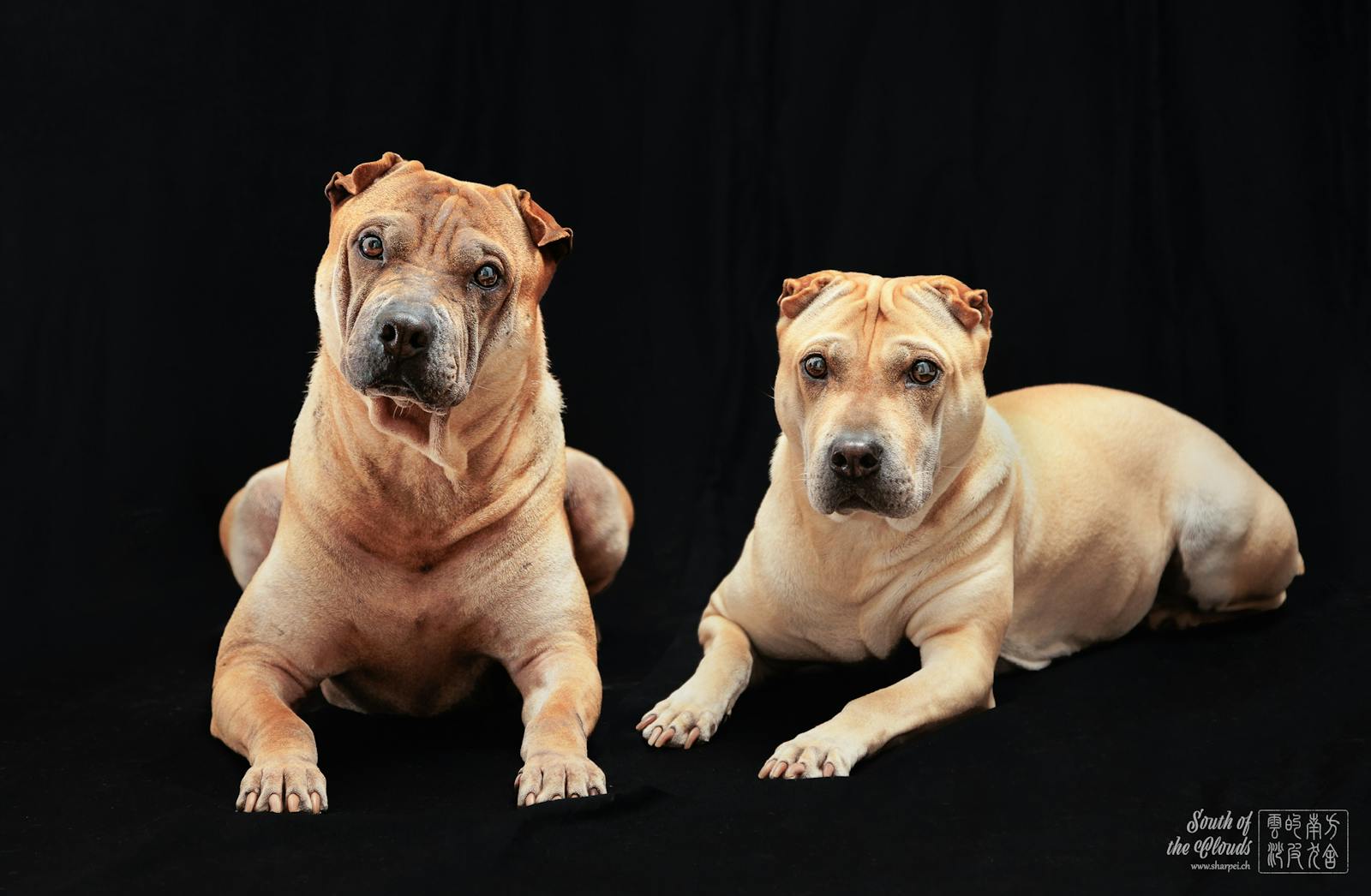Torture breeding and Swiss health risk criteria

Hardly anyone knows that there has been a ban on torturous breeding in little Switzerland since 2008. In 2015, these articles of the law were specified with the official ordinance on animal welfare in breeding.
In Switzerland's neighboring European countries, there are also more or less strict animal protection laws that have recently been addressing the subject of torturous breeding more intensively. There was a lot of discussion about the sometimes chaotic, sometimes misguided or inconsistent implementation at various dog shows in Germany. A way out must therefore be found, from which the dogs should primarily benefit. And maybe it's worth taking a look at little Switzerland and the above-mentioned official ordinance on animal welfare in breeding, since it's actually a well thought-out model and starts at the beginning, breeding.
Regulation of the BLV
Since this regulation applies to the breeding of all animal species, I want to concentrate on the area of dog breeding and refer to the Shar Pei in the explanations, since the Shar Pei is one of the torture breeds affected.
The ordinance of the Swiss Federal Food Safety and Veterinary Office (BLV) on animal welfare during breeding obliges breeders first of all to "know the burdens that an extreme expression of characteristics and the known hereditary damage of the breeding form in question have for the animals". For the Shar Pei, this means that the breeder must know the known hereditary defects typical of the breed, ie SPAID and POAG/Pll. Furthermore, no breeder may "pursue breeding goals that are associated with pain, suffering, damage or far-reaching interventions in the appearance or abilities of the animals." Strictly speaking, therefore, no breeder may breed with Shar-Pei whose offspring carry a genetic disposition for SPAID or POAG/Pll and thus run the risk of becoming ill.
So if you want to breed with dogs of an affected breed, you have to have your dogs divided into one of the four health risk categories. These assessments may be carried out by persons who hold a university degree and have the necessary experience in veterinary medicine, ethology or genetics.
What is taken into account?
For this stress assessment, only hereditary characteristics are taken into account and the most pronounced characteristic or symptom is decisive for the assignment of the dog. For the Shar Pei, this means the genetic disposition for SPAID, as this is arguably the breed's worst and most serious health condition.
A symptom of the SPAID complex, excessive wrinkling with chronic skin inflammation, is listed in the appendix as a health-damaging feature. As breeders, we are obliged to "know the burdens that an extreme expression of characteristics as well as the known hereditary damage of the breeding form in question can have for the animals" and from this we know that the frequent skin, ear and joint infections in addition to fever attacks can only be part of the diverse symptoms of SPAID. So we know that we have to be more strict for the health of the dogs to be bred than the phenotypic trait "excessive wrinkling".
And that's why it's really good that only hereditary strains are taken into account, since they are the source of the evil in the Shar Pei.
The categories
For the assessment, the individual health risk criteria (Shar Pei: SPAID and POAG/Pll) are divided into these four health risk categories, of which the highest characteristic or symptom decides the final stress category.
- Health risk category 0: no burden
- Health risk category 1: light burden
- Health risk category 2: average burden
- Health risk category 3: heavy burden
The BLV describes a light burden as an expression of characteristics and symptoms that can be compensated for by appropriate care, husbandry or feeding, without interventions on the animal and without regular medical care measures.
Breeding possibility
Breeding is permitted with dogs in category 0 or 1. However, in category 1, the breeder must "inform his puppy buyers in writing how these animals must be cared for in order to avoid burdensome medical measures".
If the breeding goal includes that the health burden of the offspring is below the burden of the parents, then category 2 dogs may also be used for breeding. Here, too, the puppy buyers must be informed in writing "how these animals must be treated in order to reduce hereditary health problems". In addition, detailed documentation of breeding activities is required. The hereditary burdens of the parent animals and the offspring must be disclosed and a clear breeding strategy must be documented, which shows how this way is achieved that the offspring are less hereditarily burdened than the parents. This documentation, dated and based on the current status, must be shown to the authorities on request.
Breeding is not permitted with category 3 dogs, nor is breeding permitted if it is to be expected that the offspring can belong to category 3.
Criticism
This theoretically well-thought-out model fails due to the lack of a cantonal breeding commission, which, as a neutral body, assigns the health risk criteria and, if required, can check the written breeding documentation. Such a breeding commission would have to employ well-trained veterinarians and geneticists from the field of animal breeding who have no conflict of interest with the individual breeders.
Other points that make it even more difficult to improve the tormented breeding situation in Switzerland, such as
- Cheap puppies from abroad,
- FCI judges who do not consistently implement the FCI policy statement for dog shows,
- Dog clubs, which often lack well educated and trained breed committee members,
as well as possible solutions were discussed by Eva Holderegger Walser in the article "Animal protection in dog breeding - where is the implementation?".
The report by the STS (Swiss Animal Protection) is also worth reading in this context, as it conducted and evaluated an extensive survey on the subject in 2016.



